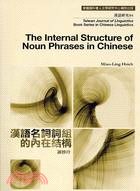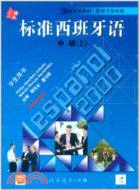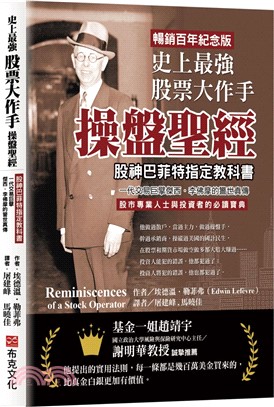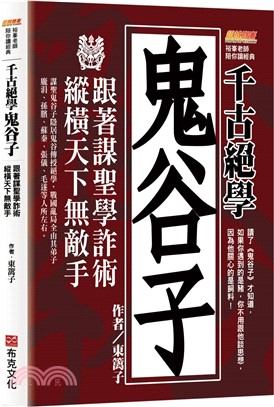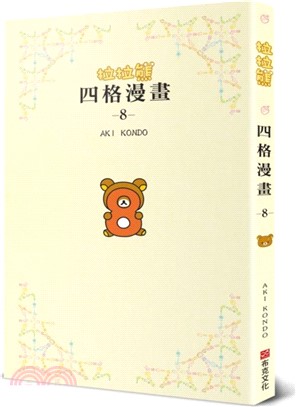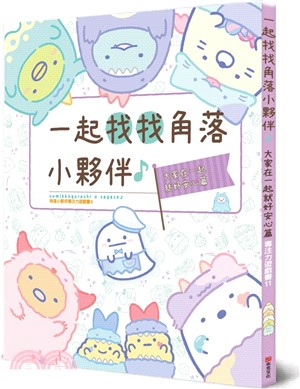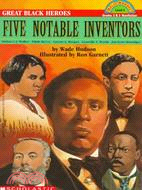漢語名詞詞組的內在結構
商品資訊
商品簡介
This study investigates the internal structure of noun phrases In Chinese and argues that number, referentiality, and totality/partitivity are all syntactically represented. Viewing number in a new light, it claims that number in a classifier language is syntactically encoded via the use of a $P, i.e., NumP, the head of which is occupied by a classifier/massifier (cf. Boer 2005). Plurality Is realized differently in a #P via the use of numerals, the plural classifier xie, quantifiers, or the reduplication of classifiers/massiflers. The plural marker-men is a derivational suffix marking either collective plurality or semantic plurality, resolving the problem that syntactic plurality may co-occur with semantic plurality when syntactic plurality marks an indeterminate quantity.
Unlike the standard head-complement analysis that assumes a DP-NumP-CIP-DP hierarchy, this study argues that a numeral or a quantifier enters into a relation with a classifier/massilier, forming a UP A P (with or without a demonstrative) is then merged into the Spec of NP for the NP to take a pure quantificational interpretation and raises to the Spec of DP for a check of referential interpretation with the D (eterminer) head. The highest position, i.e., the Spec of KP, may be occupied by a #P for a totality/partitive interpretation (ct. Lamontagne and Travis (1986) for the use of K to represent Case) . The evidence for the KP-DP-NP nominal hierarchy, analogous to the CP-TP-VP hierarchy at a causal level, comes from different types of modifiers and the co-occurrence restrictions on the use of two #Ps.
Theoretically, the ideas that a classifier/massifier is the locus of number and that a #P is able to occur in three different possible positions simplify the representation of a noun phrase with only three major layers. It is also shown that language may have the same functional categories, but the way they are combined may be different from language to language.
作者簡介
主題書展
更多書展今日66折
您曾經瀏覽過的商品
購物須知
為了保護您的權益,「三民網路書店」提供會員七日商品鑑賞期(收到商品為起始日)。
若要辦理退貨,請在商品鑑賞期內寄回,且商品必須是全新狀態與完整包裝(商品、附件、發票、隨貨贈品等)否則恕不接受退貨。

